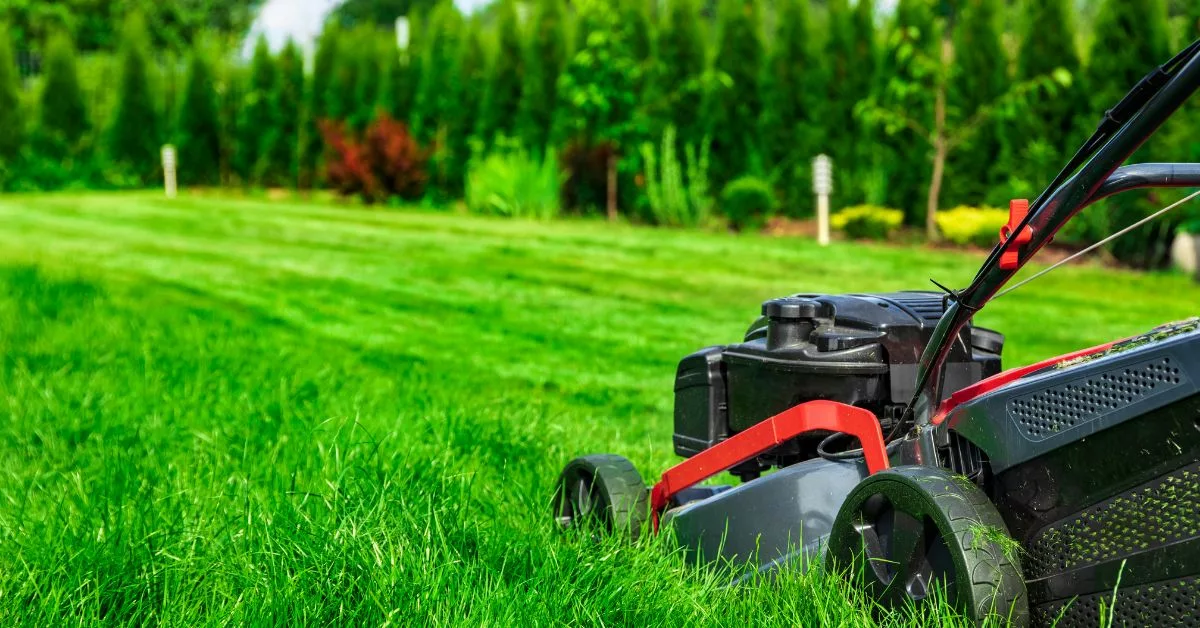Mowing the lawn is a key aspect of lawn care, contributing to the overall health and appearance of your garden. Here’s a comprehensive guide on everything you need to know about mowing the lawn in the UK:
-
Frequency:
- Mow regularly during the growing season, typically from spring to autumn. The frequency depends on the grass type, weather conditions, and desired lawn height.
- Aim to mow when the grass is dry to achieve a cleaner cut.
-
Lawn Height:
- Set the mower at the appropriate height for your grass type. Different grasses have different height preferences, but a general rule is to keep it around 2.5 to 4 cm for most lawns.
- Avoid cutting more than one-third of the grass height in a single mowing session to prevent stress on the grass.
-
Mower Maintenance:
- Regularly sharpen the mower blades for a clean cut. Dull blades can tear the grass, leading to a brownish appearance.
- Keep the mower in good condition by cleaning the undercarriage and checking oil levels regularly.
-
Mowing Patterns:
- Vary mowing patterns to prevent soil compaction and encourage upright grass growth.
- Change the direction of mowing with each session to avoid creating ruts or compacted areas.
-
Mulching:
- Consider mulching your grass clippings. Mulching returns nutrients to the soil and helps retain moisture.
- If not mulching, collect and dispose of clippings in a compost pile.
-
Mowing in Shade:
- Grass in shaded areas tends to be weaker. Adjust the mower height slightly higher in shaded areas to promote healthier growth.
-
Timing of Mowing:
- Avoid mowing during extremely hot or dry periods, as this can stress the grass.
- Early morning or late afternoon is the ideal time for mowing, as the grass is less stressed, and it allows time for the lawn to recover before nightfall.
-
Mowing Edges:
- Use a strimmer or edging tool to tidy up lawn edges, giving your garden a manicured appearance.
- Trim around flower beds, trees, and other garden features to create a neat finish.
-
Aeration:
- Occasionally aerate the lawn to improve soil compaction, allowing air, water, and nutrients to reach the grassroots.
- Spike or core aerators can be used to create holes in the soil.
-
Watering:
- Water the lawn deeply and infrequently. Ensure the soil is moist but not waterlogged.
- Water in the early morning to minimize evaporation and reduce the risk of diseases.
-
Overseeding:
- Overseed bare patches or thin areas in the lawn during the growing season to promote denser grass coverage.
-
Weed Control:
- Regular mowing helps control weeds by preventing them from producing seeds.
- Use appropriate weed control methods for persistent weed problems.
-
Seasonal Adjustments:
- Adjust mowing frequency and height based on seasonal changes and weather conditions.
By following these guidelines and paying attention to the specific needs of your lawn, you can maintain a healthy, vibrant green space throughout the year.
